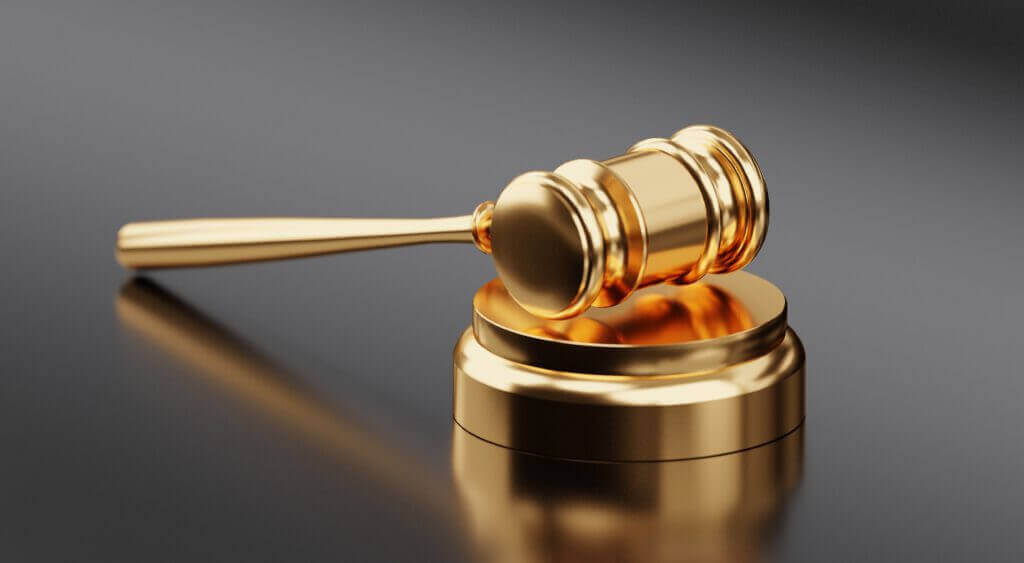
The story could have been penned by Agatha Christie. What is currently happening at the Sotheby’s auction house resembles a good detective story.
Actually, it should have been the normal sale of a painting. Stephanie Clegg wanted to sell a “Chagall” with an estimated value of about 100,000 dollars at the Sotheby’s auction house. Exactly there she had acquired the picture in the year 1994 – thus only approximately 9 years after the death of the white-Russian-French painter Marc Chagall.
But now, for years, only lawyers have been rubbing their hands, as the “NYT” recently reported about the case. What had happened? The famous auction house wanted to have the work of art checked for authenticity by a commission of experts in Paris before selling it.
Bad news from Paris
Well, the woman thought, a formality, why not? But the surprising thing was that the Paris experts thought the painting was fake and even wanted to destroy it immediately.
The seller was deeply shocked. This could not be, because she had bought the painting at Sotheby’s. And that’s when a series of other problems began, as the newspaper further explained.
Trust or control
The auction house denied any liability because the original sale had taken place over twenty years ago. A guarantee would be granted for five years at most, it said.
The 73-year-old did not want to accept this and sued Sotheby’s for 175,000 dollars. The auctioneer, however, again saw no legal basis for this. In order to find a solution, the auctioneer was only prepared to grant the woman a fee credit of 18,500 dollars for future transactions.
Sold several times
“I bought a real painting through Sotheby’s and paid a real price for it,” Clegg told the paper, however. Therefore, she considered the auction house’s offer inadequate. The auctioneer should stand by her responsibility, she said.
According to Sotheby’s, the Chagall work in question had been very well known on the art market and had already been traded several times by well-known art collectors before it was purchased. However, the company did not want to comment further on the case, but referred to the secrecy of the trade.
In such a situation, the only thing left to do is to look at the expert commission in Paris, which got the whole thing rolling in the first place. After all, such groups of experts are not uncontroversial in the art world, because they can also be mistaken and their methods are not always above reproach, but usually only represent opinions.
Botch-up as the cause?
An art dealer describes the problem with the specialists impressively: Even if the artist certifies that he has produced the work himself, it is of no use on the art market if a commission of experts says that the work of art is not genuine.
In similar criminal cases, such as that of “Chagall owner” Clegg, the affected parties usually had no choice but to file a lawsuit against the commission of art experts.
21.08.2022/kut./ena.



